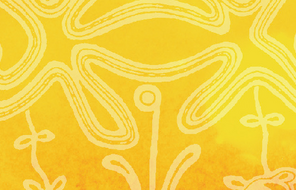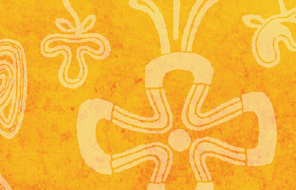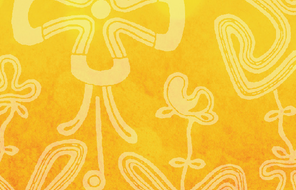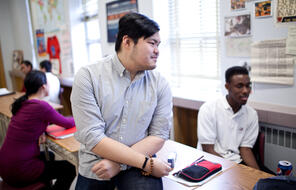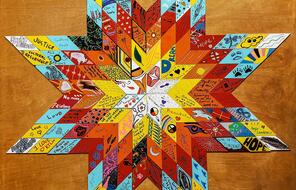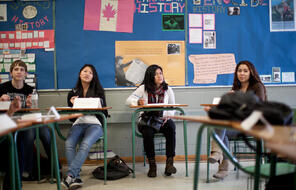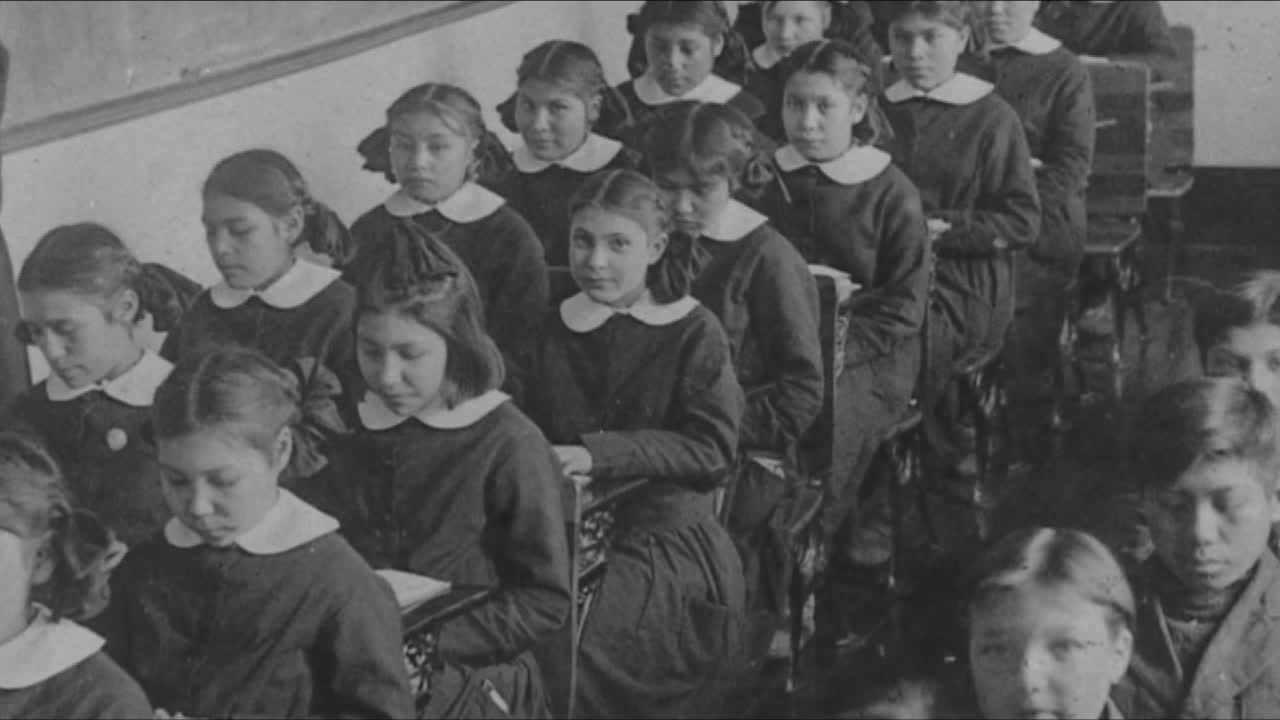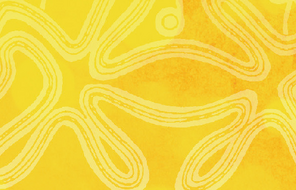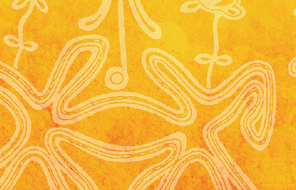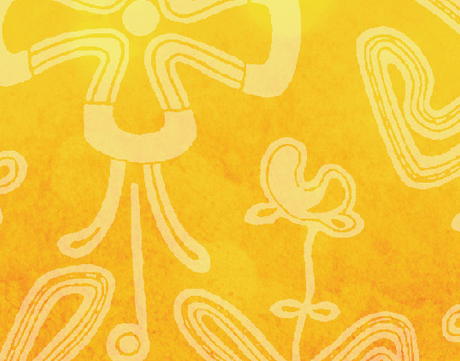
Chapter
The Residential School Experience
Read firsthand accounts from survivors of their often profoundly painful and damaging experiences at residential schools.
Overview
About This Chapter
This chapter walks us through the experiences of survivors of Indian Residential Schools, from the time they were torn from their families, to their daily routines at the schools, and the long-lasting effects of the system on future generations.
Inside this Chapter
Unlimited Access to Learning. More Added Every Month.
Facing History & Ourselves is designed for educators who want to help students explore identity, think critically, grow emotionally, act ethically, and participate in civic life. It’s hard work, so we’ve developed some go-to professional learning opportunities to help you along the way.
Exploring ELA Text Selection with Julia Torres
On-Demand
Virtual
Listen to #DisruptTexts founder Julia Torres about taking a critical lens to text selection in ELA classrooms.

Working for Justice, Equity and Civic Agency in Our Schools: A Conversation with Clint Smith
On-Demand
Virtual
Listen to writer and educator Dr. Clint Smith as he shares his poetry and reflections on working for justice, equity, and civic agency in our schools.

Centering Student Voices to Build Community and Agency
On-Demand
Virtual
Explore approaches to centering student voice, building authentic relationships and cultivating community with Molly Josephs, the creator of This Teenage Life, a youth-driven, story-sharing podcast that started as a school club.

The resources I’m getting from my colleagues through Facing History have been just invaluable.
—
Claudia Bautista, Santa Monica, Calif



